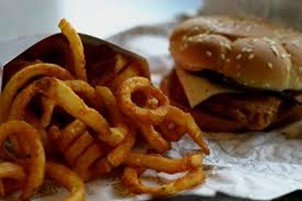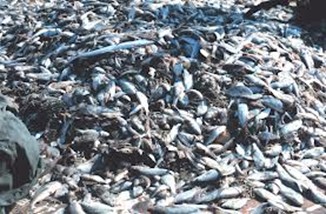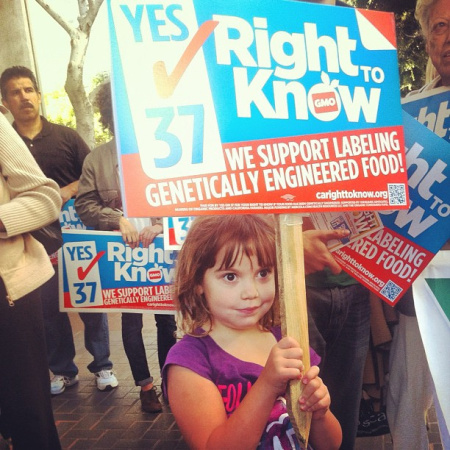Nature gives us some foods that come in their own packaging – apples, walnuts, bananas, coconuts. You can probably think of some more. Humans have also created some edible packaging, most memorably the ice cream cone. Filmy cling wrap made out of vegetables has been in development for years (I wrote about it in 2002 and again in this space last year), though I haven’t seen any in the market yet.
In another twist, edible plants are being turned into packaging to cushion electronics for shipping. Let’s just hope we don’t reverse that trend and start eating iphones….
A neat website called fastcoexist.com, a goldmine of interesting ideas, highlighted a coffee cup that is a cookie you can eat after you’ve finished your beverage. It’s not in production yet, but go here for a photo.
OR you could make your own edible cup. An unnamed culinary genius turned muffin tins over, draped bread or cookie dough over the protruding bulge, and voila! Remove from your oven a set of concave cookies, all ready to be filled with ice cream or quiche or whatever is your personal indulgence. See a neat photo here.





